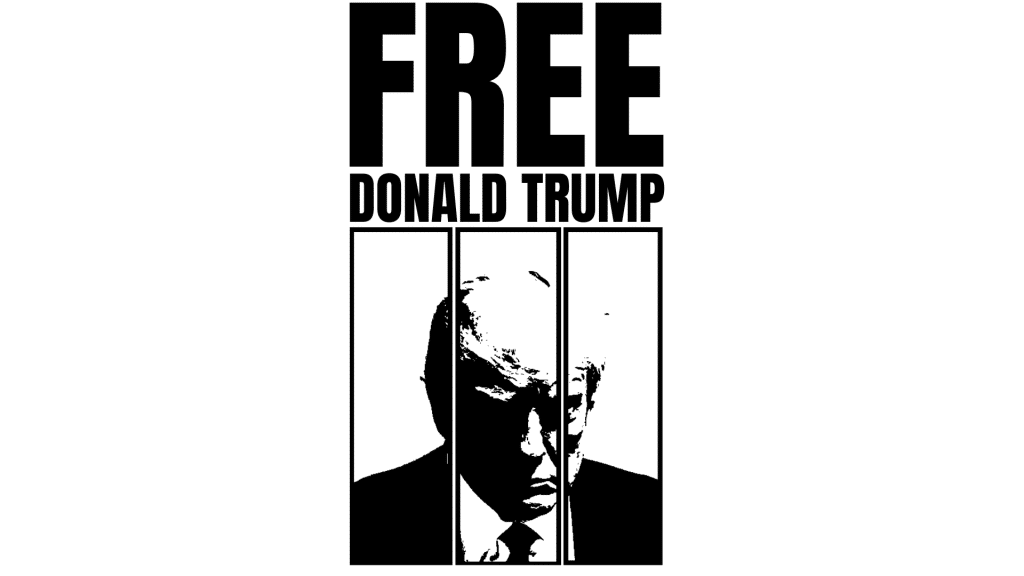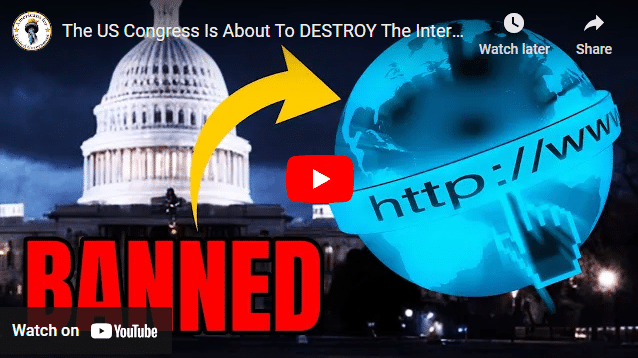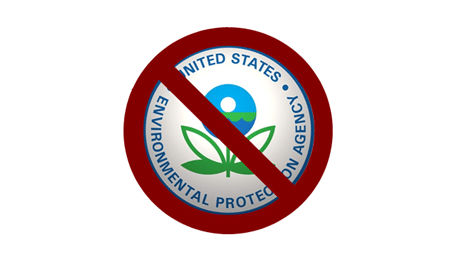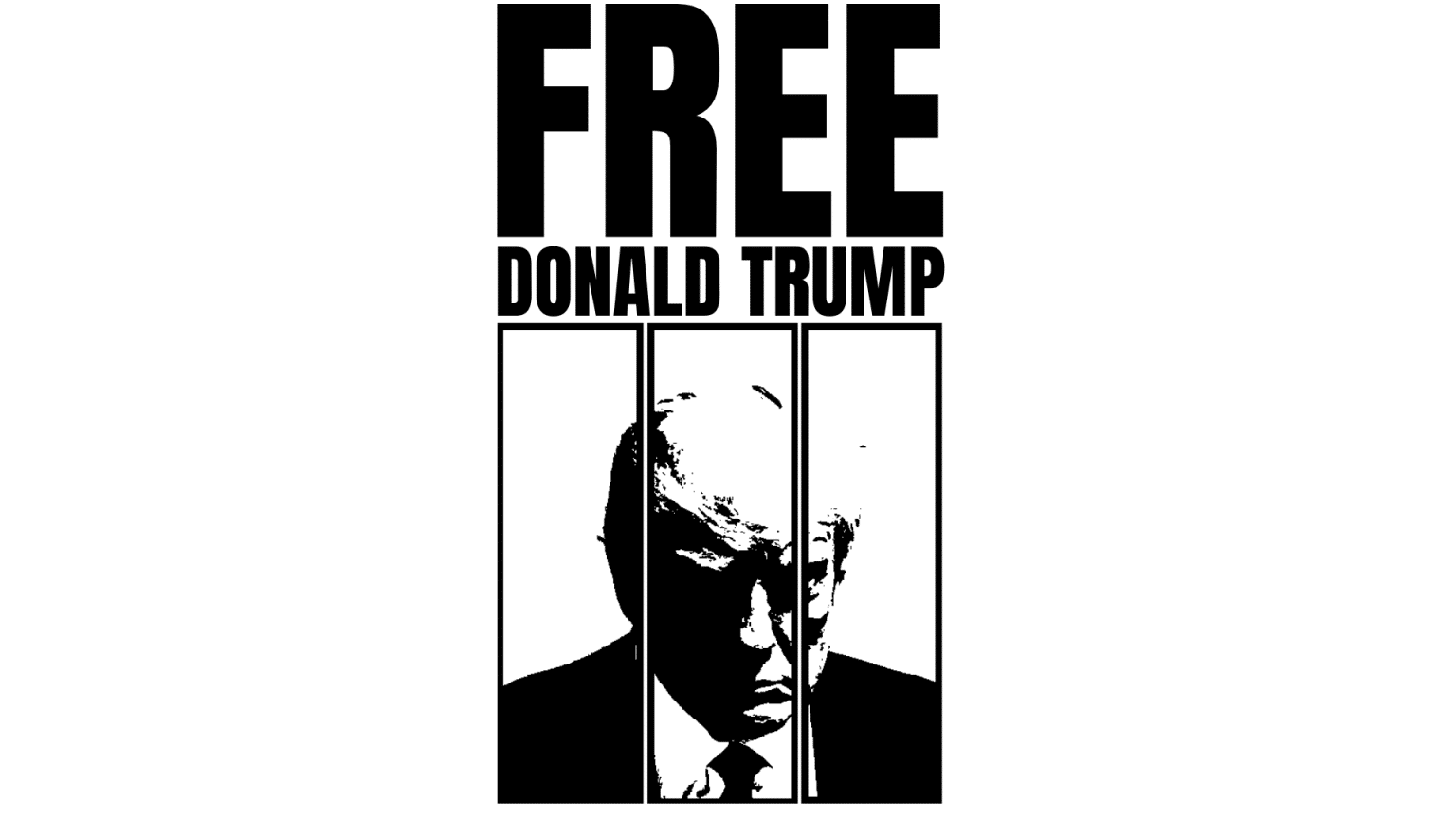May 31, 2024
Permission to republish original opeds and cartoons granted.
Poll: 15 percent of independents say Trump conviction makes them more likely to support Trump, only 11 percent say less likely, 74 percent say no difference

By Robert Romano
15 percent of independents said that the New York City of conviction would make them more likely to support former President Donald Trump in 2024 election against incumbent President Joe Biden, with only 11 percent saying it would make them less likely, an NPR-Marist poll taken May 21 to May 23 shows. 74 percent said it would make no difference.
In addition, the poll had 10 percent of Republicans saying the conviction would make them less likely to vote for Trump if convicted and 7 percent of Democrats saying more likely to vote for Trump, a +3 percent advantage for Biden.
But when the independents are factored, with 15 percent saying more likely to support and 11 percent saying less likely, that's a +4 advantage for Trump.
Overall, that would mean the conviction by Democratic prosecutors, the jury and the judge in the deep blue New York City might have been highly counterproductive to helping reelect Biden, as it appears to net Trump +1 percent on the question, and -1 percent for Biden.
Meaning, in an election where 160 million people might vote, could mean 1.6 million more voters coming Trump's way and 1.6 million fewer for Biden, or +3.2 million on the net.
This type of result should be largely unsurprising, which has seen Trump jump into the lead in most national polls this election cycle despite his Mar a Lago residence in Florida being raided by the FBI and four different trials launched by Democrat prosecutors in New York City, Washington, D.C., Miami, Fla. and Fulton County, Ga., complete with the mugshot taken in Georgia.
All have been designed to test Trump’s political base and to break their support but, rather predictably, has only hardened their support, and appears to be weighing on independents—who appear to oppose on the margins political prosecutions of opponents.
Ironically, Democrats are doing this on a platform attempting to persuade the public that Trump, who is not in power and had no record of prosecuting political opponents when he was in power, is somehow the one who wants to prosecute his political opponents.
In response to the conviction, the Biden campaign issued a statement warning that “The threat Trump poses to our democracy has never been greater. He is running an increasingly unhinged campaign of revenge and retribution…”
And their solution was to arrest and convict Trump first — and maybe even lock him up (we’ll find out on July 11)! — to stop it, as if the only way to stop political prosecutions was to somehow do them more.
That makes Democrats’ argument a lot like saying the way to prevent a nuclear war is to launch your missiles first. In the case of political prosecutions, mutually assured destruction (which is still destruction) favors factions that actually don’t care about the rule of law. It’s not a deterrent but escalation.
So, how to respond?
Right off the bat, independents appear to lean towards Trump in light of the conviction, and so, for Republicans, the persuasion goals appear to be to shore up Republicans who were concerned about the conviction as a negative that the trial was unfair and politically motivated, the same message of which also can be used to maximize independents who are inclined to oppose throwing political opponents in jail.
If done correctly, Trump and Republicans can keep or expand independents and the few Democrats' attitudes on the question who already opposed the prosecutions, while winning back most of the few Republicans who thought this made them less likely to support him.
For everyone else, the goal of the Trump campaign would be to outline how imprisoning political opponents is tyrannical as a negative for Biden. Trump can help that along by calling for restoring constitutional order and the civil society, but to be persuasive, he would need to resist the impulse for calling for the imprisonment of his political opponents in kind.
Instead, the goal should be to persuade enough independents and Democrats that political prosecutions are destroying our Constitution. Ahead of the 2024 election, this is a persuadable moment, but it might not be the one that Biden and Democrats were hoping for.
As it turns out, tyrannically throwing your political opponents into prison may in fact be deeply unpopular with non-partisan voters, who are the largest voting bloc, in a country where power is decided by the consent of the governed. Wow. What a shock!
In all seriousness, Democrats are tipping their hands that they know that prosecuting their opponent is viewed as tyrannical and is therefore unpopular, hence their desperate bid to convince voters that, no, Trump is somehow the tyrant. Good luck with that. Seeing is believing. As Trump stated yesterday, "This isn't over."
Robert Romano is the Vice President of Public Policy at Americans for Limited Government Foundation.
Trump guilty verdict shreds rule of law

Americans for Limited Government President Rick Manning today issued the following statement blasting the guilty verdict at the trial of former President Donald Trump in New York City: “There is a statement that a prosecutor could indict a ham sandwich, but in New York City, the saying should be changed to a prosecutor and judge can convict a former president without presenting charges or allowing testimony to counter those charges. The presumption of innocence does not apply to people doing business or living in New York City if they are not politically compliant. The rule of law which holds together the thin veneer of civilization has been shredded, let’s hope not permanently for the sake of what used to be American ideals.”
To view online: https://getliberty.org/2024/05/trump-guilty-verdict-shreds-rule-of-law/
Video: The U.S. Congress Is About To DESTROY The Internet

To view online: https://www.youtube.com/watch?v=ZLLkc52pATI
Supreme Court Takes On EPA’s ‘We’ll Tell You Later’ Refusal To Define Water Pollution Standards

By Rick Manning
Imagine that a federal agency threatened to fine a local government for excessive pollution without revealing to that or any other state or local government what standard they needed to meet to avoid running afoul of the law?
It would be like having a speed limit sign posted on the road without telling drivers how fast or slow they could drive.
Yet that is exactly what the ever-repugnant Environmental Protection Agency has done with a waste water discharge petition rule, which doesn’t tell localities what is actually a legally allowed level of pollutants.
Incredibly, it is the City and County of San Francisco, California that is challenging the rule for failure to provide specifics so they know how to comply, and the Supreme Court has agreed to hear the case.
While most people might think this is just another boring legal case, the truth is this vague rule impacts everyone who lives in a town, city or county with public water and sewer.
Municipal water and sewer systems are continually being updated to meet ever tightening state and federal pollution standards. But these improvements are expensive with much of the additional cost being tacked onto people’s water bills.
Even the most aggressive municipalities seeking to use the latest technologies find themselves always behind the curve as infinitesimal changes in standards can force massive new updated costs, often paid for by new borrowing through municipal bonds, even as the old bonds have not been paid off. Leaving water users footing ever increasing costs and little understanding why the water that was affordable five years ago is now a budget problem.
In the case of San Francisco, the City and County have been pouring money into the latest technology to limit polluting the San Francisco Bay. Yet, even this most liberal enclave recognizes that there needs to be objective standards so they can plan their spending and control their constituent’s bills.
The Environmental Protection Agency disagrees, refusing to provide a finish line, so water districts can plan to meet it.
Instead, the EPA clings to a “whatever we decide this week” standard creating the ability to fine municipalities for polluting without defining what polluting is. I guess pollution is a lot like pornography as the EPA will know it when they see it.
As the Supreme Court takes on this seemingly open and shut case of regulatory clarity, the EPA should beware. This is the same Supreme Court which found in West Virginia v. EPA that the agency had expanded its regulatory regime far beyond Congressional intent putting virtually every one of their regulations under legal scrutiny.
In San Francisco v. EPA, the Supreme Court will have the chance to make a hard and fast rule about regulatory clarity and perhaps require that regulators be restrained to standards which are actually achievable, available and cost-effective.
If so, the intransigence and arrogance of the Biden EPA will have done the nation a great service by restricting all federal agencies from using the coercive fining power to impose standards which don’t exist in law. What a concept.
Rick Manning is the President of Americans for Limited Government.
To view online: https://dailytorch.com/2024/05/supreme-court-takes-on-epas-well-tell-you-later-refusal-to-define-water-pollution-standards/


Competitive Enterprise Institute: Coalition Letter Supporting CRA Resolution of Disapproval on EPA Power Plant Rule
Dear Members of Congress,
The Environmental Protection Agency’s (EPA) recently finalized powerplant rule will kill America’s existing supply of baseload generation from coal. At the same time, the rule will deter investment in new baseload generation from natural gas. That means the rule will drive up consumer energy costs, impair grid reliability, and chill economic growth. The rule is also an unlawful power grab that defies the Supreme Court’s decision in West Virginia v. EPA.
Sen. Shelley Moore Capito (R-WV) and Rep. Troy Balderson (R-OH) are expected to introduce Congressional Review Act resolutions of disapproval to overturn the EPA’s rule. We, the undersigned organizations, urge you to support those resolutions.
The EPA’s rule sets various requirements that will quickly drive coal generation out of the nation’s electricity fuel mix. If a coal powerplant intends to produce power after 2039, it must, by January 1, 2032, install equipment capable of capturing 90-percent of its carbon dioxide (CO2) emissions. Carbon capture is an energy- and water-intensive system that adds significantly to power generation costs. Moreover, carbon capture powerplants do not reduce emissions unless connected to networks of CO2 pipelines and storage facilities that may never be built.
Unsurprisingly, despite decades of R&D and billions of dollars in ratepayer and taxpayer subsidies, only two carbon capture powerplants currently operate in North America—Petra Nova in Texas, and Boundary Dam in Saskatchewan. Both were built with hefty subsidies and plagued with technical difficulties. Note, too, that central to the business model of each project is a partnership whereby the powerplant sells its captured CO2 to companies engaged in enhanced oil recovery (EOR). Thirty-eight states (more than three-quarters) do not have EOR operations.
PJM Interconnection, the regional transmission organization that coordinates wholesale electricity and manages grid reliability in all or parts of 13 states and the District of Columbia, observes in its statement on the rule: “There is very little evidence, other than some limited CCS [carbon capture and storage] projects, that this technology and associated transportation infrastructure would be widely available throughout the country in time to meet the compliance deadlines under the Rule.”
The bottom line is that, for coal powerplants, 90-percent carbon capture is not an “adequately demonstrated” “best system of emission reduction” (BSER), taking “cost” and “energy requirements” into account, and thus is not a lawful basis for setting emission standards under Section 111 of the Clean Air Act (CAA).
The EPA’s rule provides two alternative compliance options. A coal powerplant can avoid the expense of installing a carbon capture system if it (a) commits to shut down by January 1, 2032, or (b) commits to shut down by December 31, 2039, and repowers with 40 percent natural gas by January 1, 2030. PJM Interconnection cautions:
The present gas pipeline system is largely fully subscribed. Moreover, given local opposition, it has proven extremely difficult to site new pipelines just to meet today’s needs, let alone a significantly increased need for natural gas in the future. The Final Rule, which is premised, in part, on the availability of natural gas for co-firing or full conversion, does not sufficiently take into account these limitations on the development of new pipeline infrastructure.
It could not be clearer that the rule aims to drive coal generation out of U.S. electricity markets. Indeed, the EPA itself estimates that, by 2045, coal generation will decline by 94 percent compared to the prior policy baseline (Regulatory Impact Analysis, Table D-10).
As in the Clean Power Plan, the EPA is promulgating “emission performance standards” that are, in fact, non-performance mandates. ‘Perform less or not at all’ is not a valid performance standard under CAA Section 111.
The EPA’s new rule also establishes a 90-percent carbon capture requirement for new baseload natural gas powerplants. Far from being “adequately demonstrated,” no utility scale natural gas CCS plant exists today. Only one small-scale facility was ever built—Florida Power & Light’s 40 MW CCS gas plant in Bellingham, Massachusetts. It closed in 2005. That is nowhere near an adequate technological basis on which to predicate an industry-wide 90 percent carbon capture requirement.
The EPA could not have picked a worse time to attack affordable, reliable, coal- and gas-fired generation. Electricity demand is projected to grow substantially due to the proliferation of data centers, expansion of Artificial Intelligence, onshoring of chip production, and the EPA’s and California’s policies to forcibly electrify U.S. motor vehicle fleets.
PJM Interconnection warns: “The future demand for electricity cannot be met simply through renewables given their intermittent nature. Yet in the very years when we are projecting significant increases in the demand for electricity, the Final Rule may work to drive premature retirement of coal units that provide essential reliability services and dissuade new gas resources from coming online.”
In West Virginia v. EPA, the Supreme Court made it clear that CAA Section 111 does not authorize the EPA to act as the nation’s grid manager or resolve the national debate on climate policy with respect to a fundamental industrial sector. If Congress wanted the agency to possess such authority, it would have said so in clear terms. Congress has not done so, yet the EPA is still trying to assert an expansive transformation of its regulatory power. As in the CPP, the EPA ignores the separation of powers that is vital to the nation’s republican form of government.
For those reasons, our organizations urge legislators to overturn this rule.
To view online: https://cei.org/coalition_letters/cei-leads-coalition-letter-supporting-cra-resolution-of-disapproval-on-epa-power-plant-rule/



